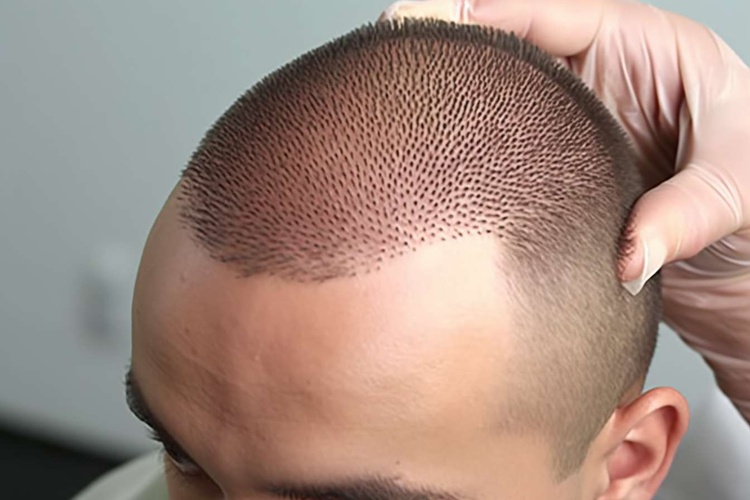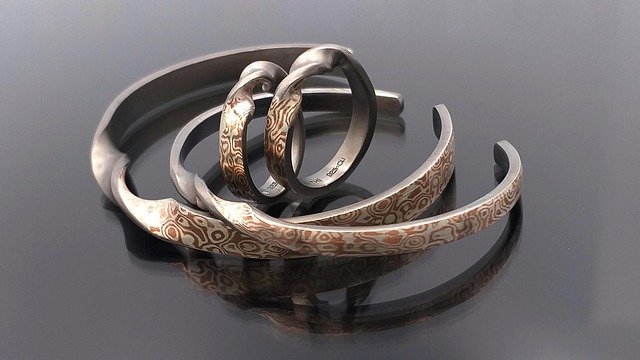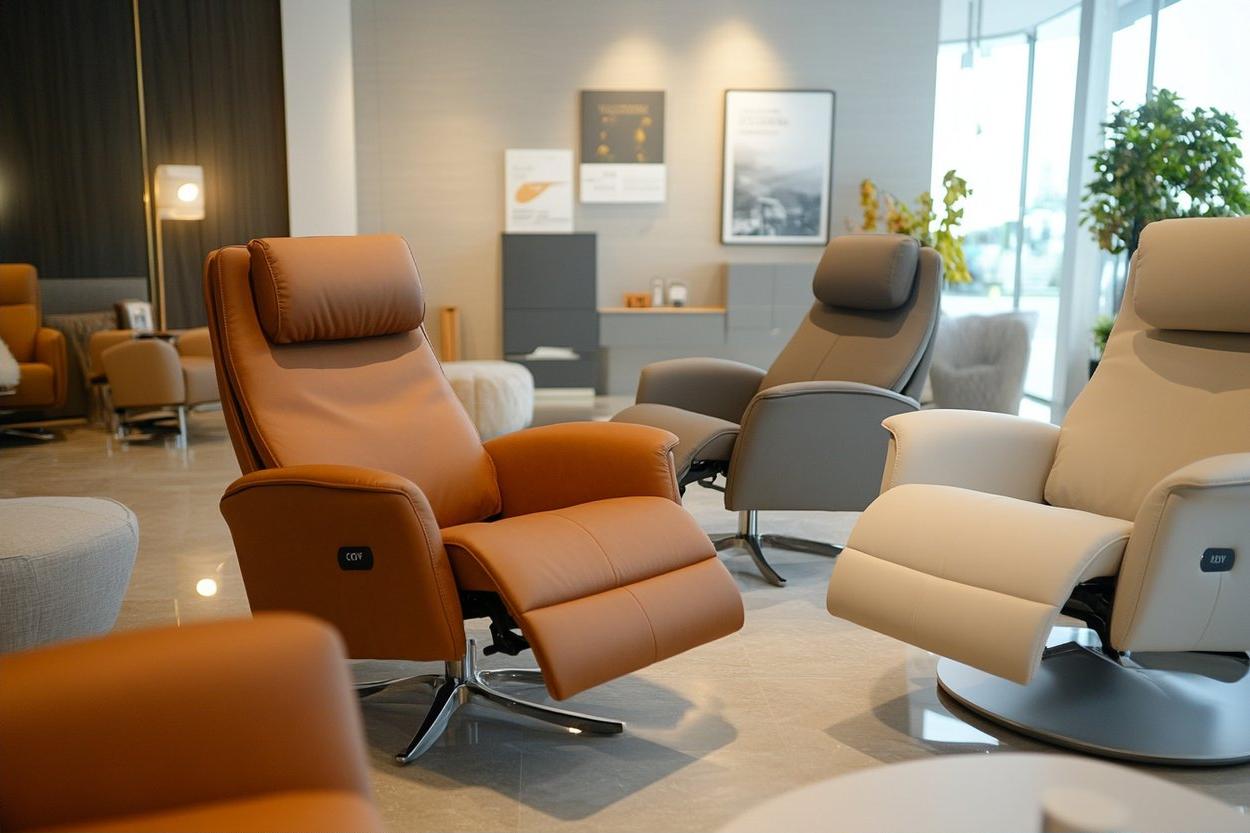Eyebrow Transplants: A Complete Guide to Restoration and Costs
Eyebrow transplants offer a permanent solution for individuals seeking to restore sparse, over-plucked, or naturally thin eyebrows. This cosmetic procedure has gained popularity as more people recognize the impact of well-defined brows on facial aesthetics. Understanding the process, candidacy requirements, and associated costs can help you make an informed decision about whether this treatment is right for you.

Losing eyebrow hair or dealing with naturally sparse brows can affect confidence and overall appearance. Whether caused by over-plucking, medical conditions, aging, or genetics, thin eyebrows have led many to seek permanent restoration options. Eyebrow transplantation provides a long-lasting solution that creates natural-looking results by transplanting hair follicles to the brow area. This guide explores how the procedure works, who benefits most, what to expect during treatment, and the financial investment involved.
What Are Eyebrow Transplants and How Do They Work?
Eyebrow transplantation is a surgical procedure that relocates hair follicles from a donor area, typically the back of the scalp, to the eyebrow region. The process uses techniques similar to scalp hair transplantation, most commonly Follicular Unit Extraction (FUE) or Follicular Unit Transplantation (FUT). During FUE, individual hair follicles are extracted and implanted into tiny incisions made in the eyebrow area, following the natural growth pattern and direction of existing brow hairs. The transplanted follicles establish blood supply in their new location and begin producing hair permanently. Because scalp hair differs from eyebrow hair in texture and growth rate, the transplanted hairs require regular trimming to maintain the desired shape and length. The procedure typically takes between two to four hours, depending on the number of grafts needed to achieve the desired fullness and shape.
Who Is an Ideal Candidate for Eyebrow Transplantation?
Ideal candidates for eyebrow transplants include individuals experiencing eyebrow hair loss due to various causes. Over-plucking over many years can damage hair follicles permanently, making regrowth impossible without intervention. Medical conditions such as alopecia areata, thyroid disorders, or trichotillomania may result in partial or complete eyebrow loss. Scarring from injuries, burns, or previous surgeries can also create areas where hair no longer grows. Additionally, some people are born with naturally sparse or absent eyebrows due to genetic factors. Good candidates should have sufficient donor hair available on the scalp, be in overall good health, and maintain realistic expectations about outcomes. Those with active skin infections, uncontrolled diabetes, or bleeding disorders may need to address these conditions before proceeding. A consultation with a qualified specialist helps determine individual suitability and establishes treatment goals based on facial structure and desired eyebrow shape.
What Does the Eyebrow Transplant Procedure Involve?
The eyebrow transplant procedure begins with a detailed consultation where the surgeon assesses your facial features, discusses desired brow shape, and plans the number of grafts needed. On the day of surgery, local anesthesia is administered to both the donor and recipient areas to ensure comfort throughout the process. The surgeon then extracts individual hair follicles from the donor site, typically using the FUE method to minimize scarring. These follicles are carefully prepared and kept in a specialized solution to maintain viability. The surgeon creates tiny recipient sites in the eyebrow area, paying close attention to the natural angle, direction, and depth of existing brow hairs to ensure a realistic appearance. Each follicle is then meticulously implanted into these sites. The procedure requires precision and artistic skill to create symmetrical, natural-looking eyebrows that complement your facial features. After completion, the treated areas may appear red and slightly swollen, with small scabs forming around each transplanted follicle. Recovery typically involves minimal discomfort, and most people return to normal activities within a few days, though strenuous exercise should be avoided for about two weeks.
Recovery and Expected Results
Following an eyebrow transplant, the transplanted hairs will initially shed within two to three weeks, which is a normal part of the healing process. New hair growth begins around three to four months post-procedure, with full results visible after approximately one year. Because scalp hair grows longer and faster than natural eyebrow hair, regular trimming every few weeks is necessary to maintain the desired shape and length. The transplanted eyebrows are permanent, as the relocated follicles retain the characteristics of their original location. Proper aftercare during the healing period is essential for optimal results. This includes keeping the area clean, avoiding direct sun exposure, refraining from rubbing or scratching the treated area, and following all post-operative instructions provided by your surgeon. Most patients report high satisfaction with the natural appearance and permanence of their results, though individual outcomes vary based on factors such as hair characteristics, surgical technique, and adherence to aftercare protocols.
Cost Considerations and Price Estimates
The cost of eyebrow transplantation varies significantly based on geographic location, surgeon experience, clinic reputation, and the number of grafts required. Understanding the financial investment helps in planning and selecting the right provider for your needs.
| Provider Type | Location Example | Estimated Cost Range |
|---|---|---|
| High-End Specialty Clinics | United States, United Kingdom | $3,000 - $8,000 |
| Mid-Range Clinics | United States, Canada, Australia | $2,500 - $5,000 |
| International Medical Tourism | Turkey, India, Thailand | $1,000 - $3,000 |
| Experienced Independent Surgeons | Various Locations | $2,000 - $6,000 |
Prices, rates, or cost estimates mentioned in this article are based on the latest available information but may change over time. Independent research is advised before making financial decisions.
The number of grafts needed typically ranges from 50 to 400 per eyebrow, depending on the extent of restoration desired. Some clinics charge per graft, while others offer package pricing. Additional costs may include consultation fees, post-operative medications, and follow-up appointments. When evaluating costs, consider the surgeon’s qualifications, before-and-after portfolios, patient reviews, and the clinic’s safety standards. While medical tourism destinations offer lower prices, factor in travel expenses, accommodation, and the potential difficulty of follow-up care. Insurance rarely covers eyebrow transplants as they are considered cosmetic procedures. Many clinics offer financing options to make the procedure more accessible.
Choosing the Right Provider
Selecting a qualified and experienced surgeon is crucial for achieving natural-looking results and minimizing complications. Research potential providers thoroughly by reviewing their credentials, certifications, and specialized training in hair restoration procedures. Examine before-and-after photos of previous eyebrow transplant patients to assess the surgeon’s aesthetic skills and consistency. Read patient reviews and testimonials to understand others’ experiences with the provider. During consultations, ask about the specific techniques used, the surgeon’s experience with eyebrow transplants, and what results you can realistically expect based on your individual situation. A reputable surgeon will provide honest assessments, discuss potential risks, and ensure you have realistic expectations. Verify that the facility meets appropriate safety and hygiene standards. Taking time to choose the right provider increases the likelihood of satisfactory outcomes and a positive overall experience.
Conclusion
Eyebrow transplants provide a permanent solution for individuals seeking to restore fullness and definition to their brows. By understanding how the procedure works, determining candidacy, knowing what to expect during and after treatment, and researching costs and providers, you can make an informed decision about pursuing this cosmetic enhancement. While the financial investment and recovery period require consideration, many find the long-lasting, natural-looking results well worth the commitment. Consulting with qualified specialists and conducting thorough research ensures you select the best approach for your individual needs and aesthetic goals.
This article is for informational purposes only and should not be considered medical advice. Please consult a qualified healthcare professional for personalized guidance and treatment.




